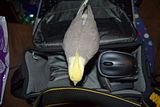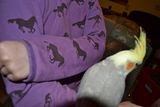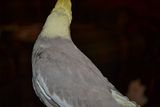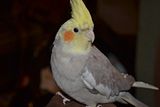Ok, so I've had Whitney (white face) for a few months now, and I'm just confused...
I've always had a feeling that he was, well, a he. But now I'm
1. not so sure on gender and
2. not so sure on mutation. Let me explain...
1. Whitney is over 6 months of age now, I got him in July when he was 2-3 months old....so he's moulted but "his" face isn't white yet. Also no male behaviours, unlike Cassia who is the resident song bird (joined the flock at the same time as Whit)
2. I've just had a quick squiz round the net...do w/f tiels get white necks? I've only see the white face, grey neck (back of neck).
Here are some pics for your perusal. I'm very very curious....
![Image]()
![Image]()
![Image]()
the best pic for seeing the back of the neck.
![Image]()
and Whitney when he first joined the flock
![Image]()
![Image]()
thanks =]
I've always had a feeling that he was, well, a he. But now I'm
1. not so sure on gender and
2. not so sure on mutation. Let me explain...
1. Whitney is over 6 months of age now, I got him in July when he was 2-3 months old....so he's moulted but "his" face isn't white yet. Also no male behaviours, unlike Cassia who is the resident song bird (joined the flock at the same time as Whit)
2. I've just had a quick squiz round the net...do w/f tiels get white necks? I've only see the white face, grey neck (back of neck).
Here are some pics for your perusal. I'm very very curious....
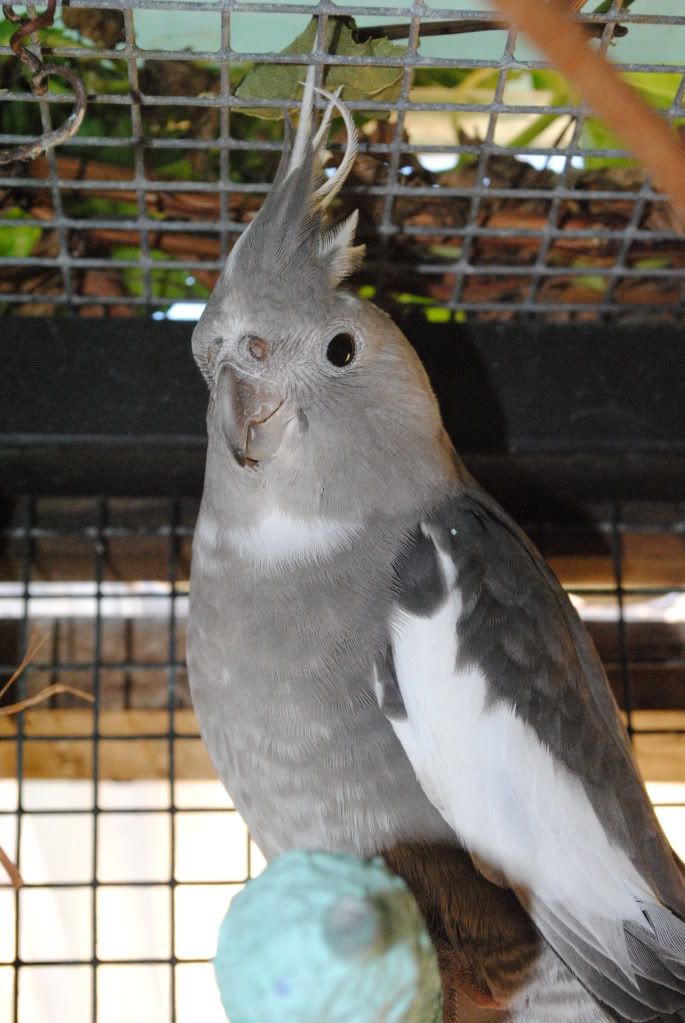
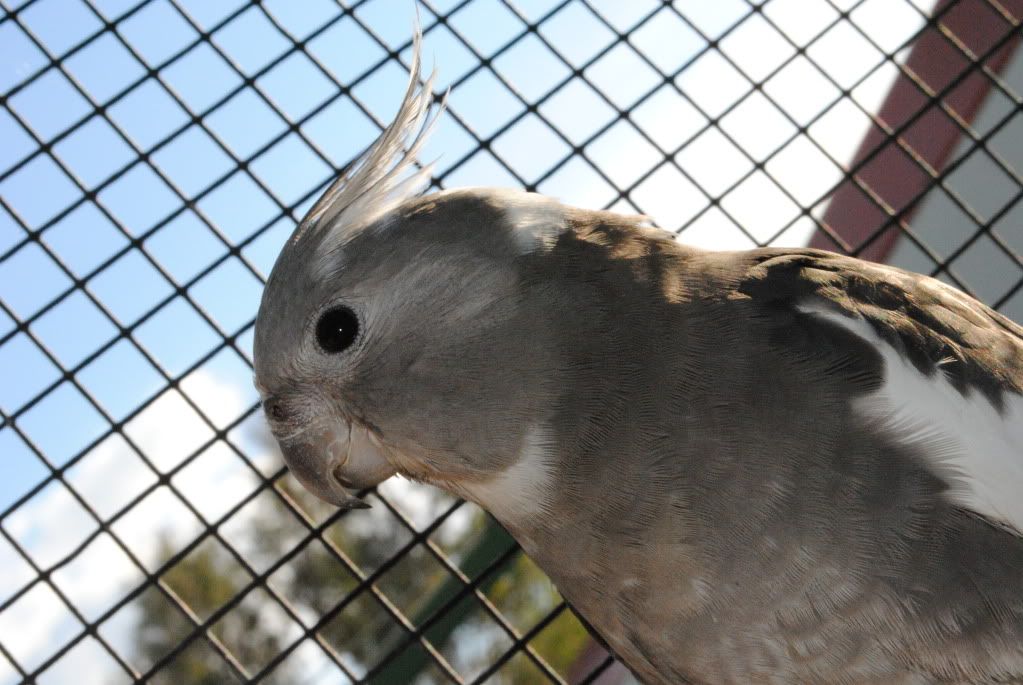
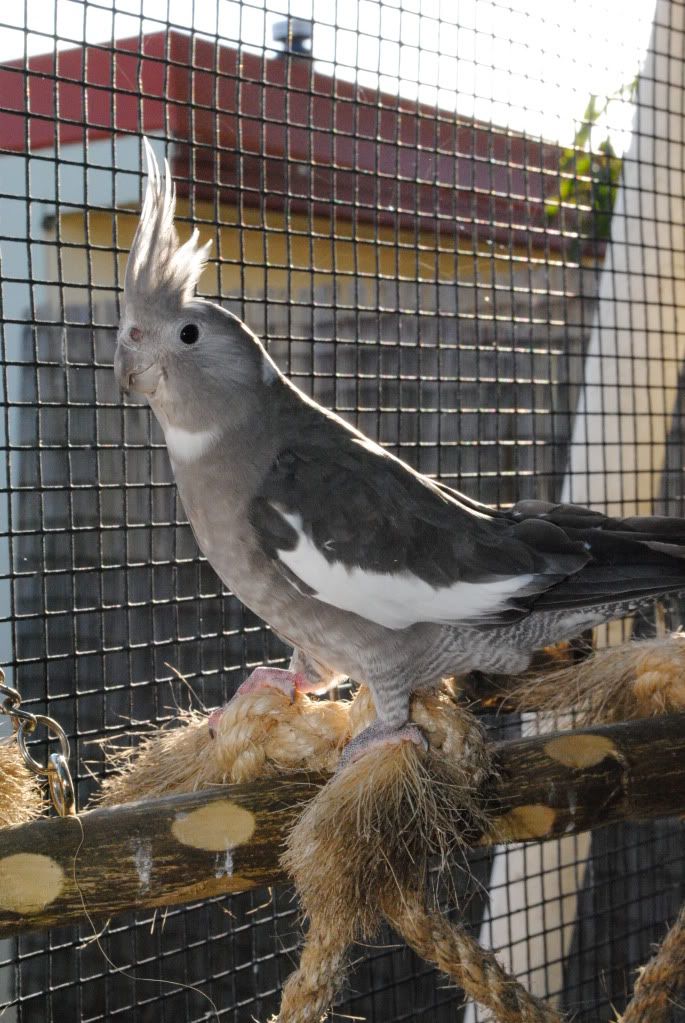
the best pic for seeing the back of the neck.
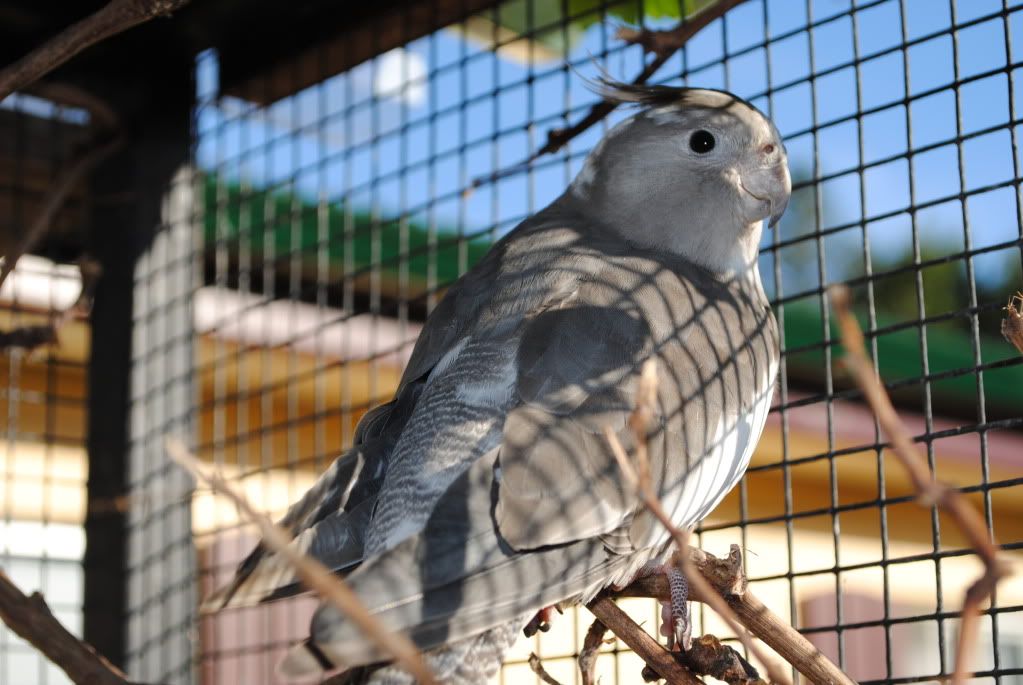
and Whitney when he first joined the flock
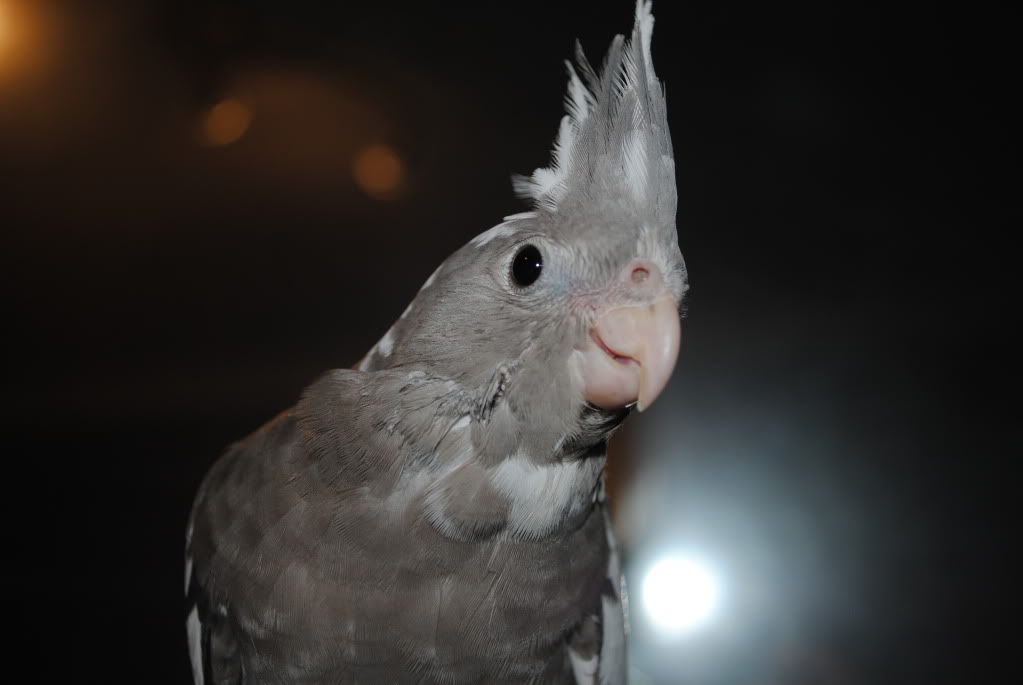
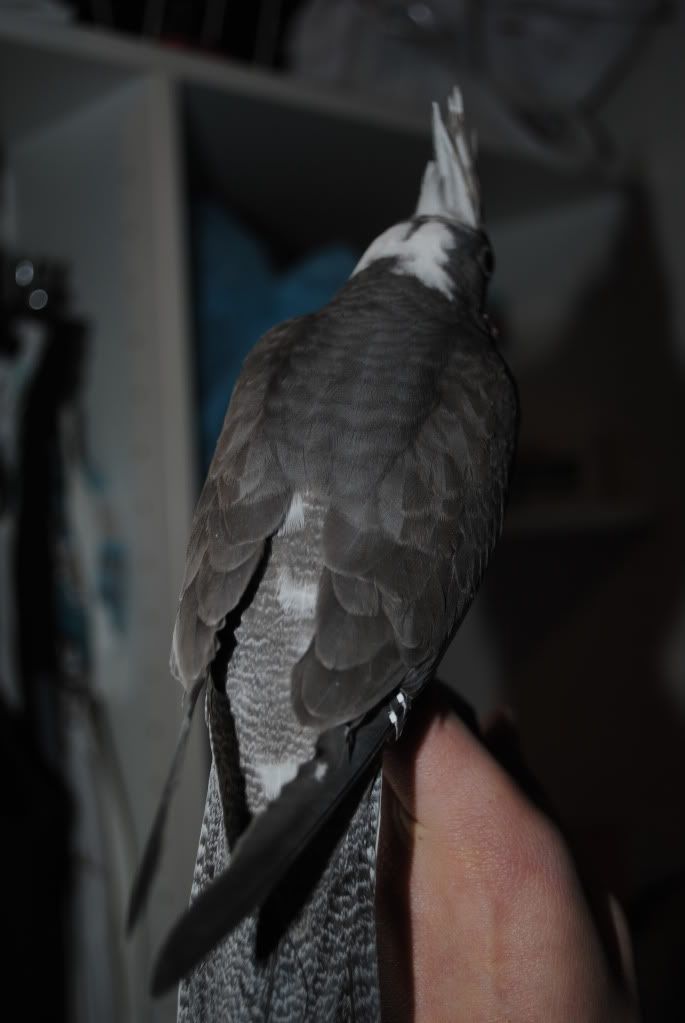
thanks =]



